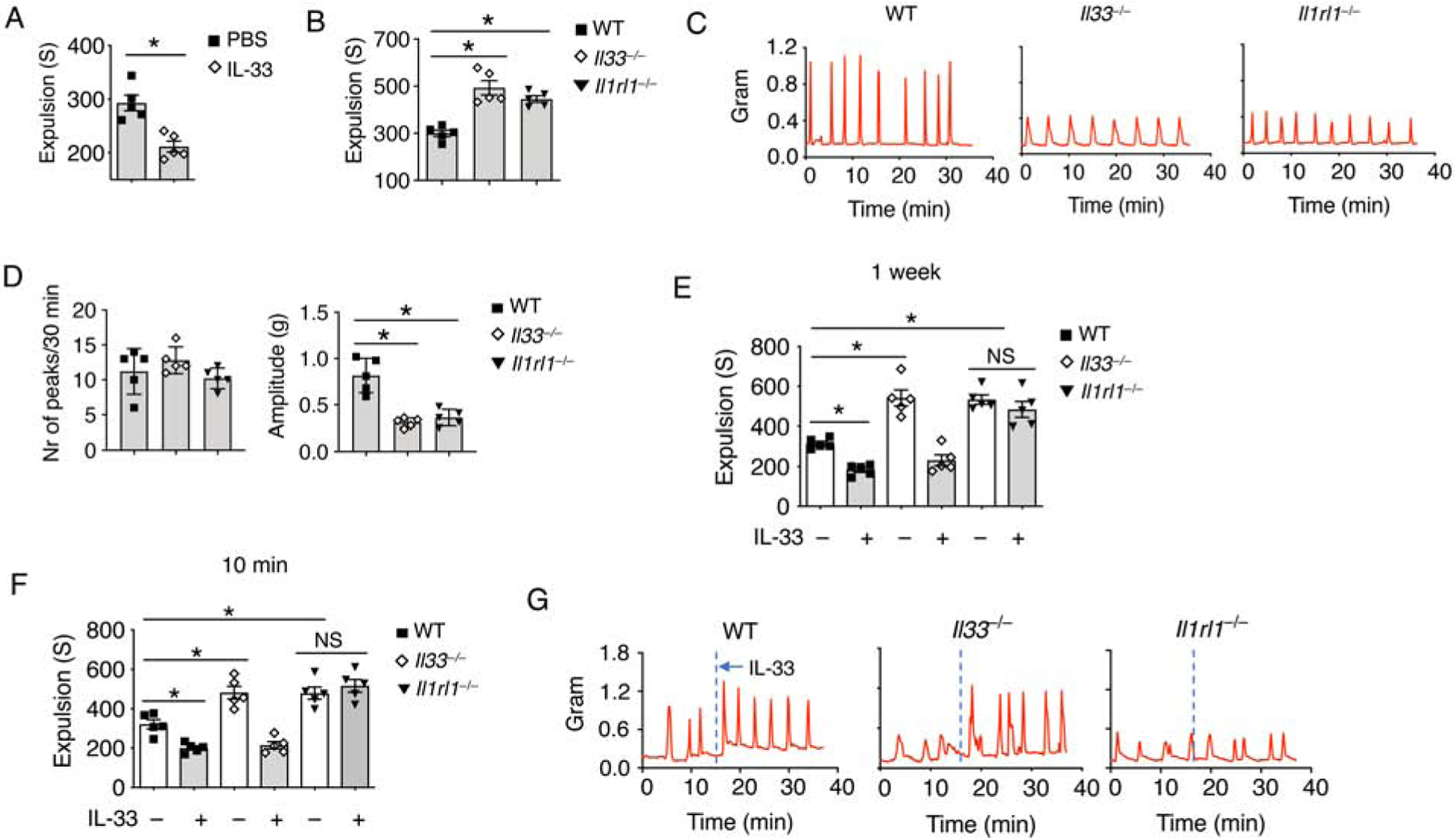Figure 2. IL-33-ST2 signal regulates gut motility.

(A) WT mice were treated daily with IL-33 or PBS for 7 days. Colonic transit time was assessed by bead expulsion assay.
(B) Colonic transit time was measured by bead expulsion assay in WT, Il33−/− and Il1rl1−/− mice.
(C) Representative trace and (D) Quantification of colon contraction in WT, Il33−/− and Il1rl1−/− mice.
(E) WT, Il33−/− and Il1rl1−/− mice were treated daily with PBS or IL-33 for 7 days. Colonic transit time was assessed by bead expulsion assay at day 8.
(F) WT, Il33−/− and Il1rl1−/− mice were treated with PBS or IL-33, and waited for 10 minutes. Colonic transit time measured by bead expulsion assay.
(G) Representative trace of IL-33-induced colon contraction in WT, Il33−/− and Il1rl1−/− mice.
Data are representative of three independent experiments (C, G) or are pooled from two independent experiments (A, B, D-F). NS, not significant; *p < 0.05 (Student’s t-test, error bars represent SD). Please also see Figure S2.
